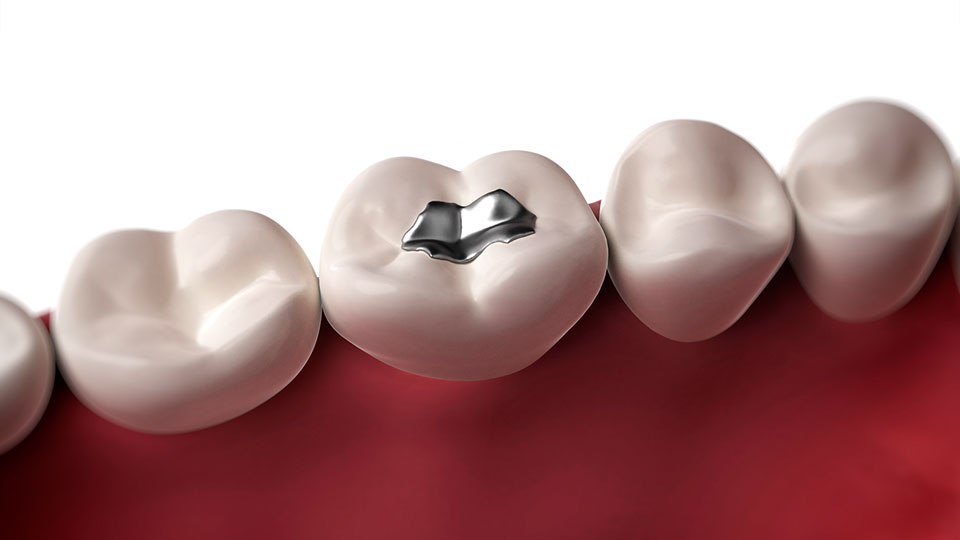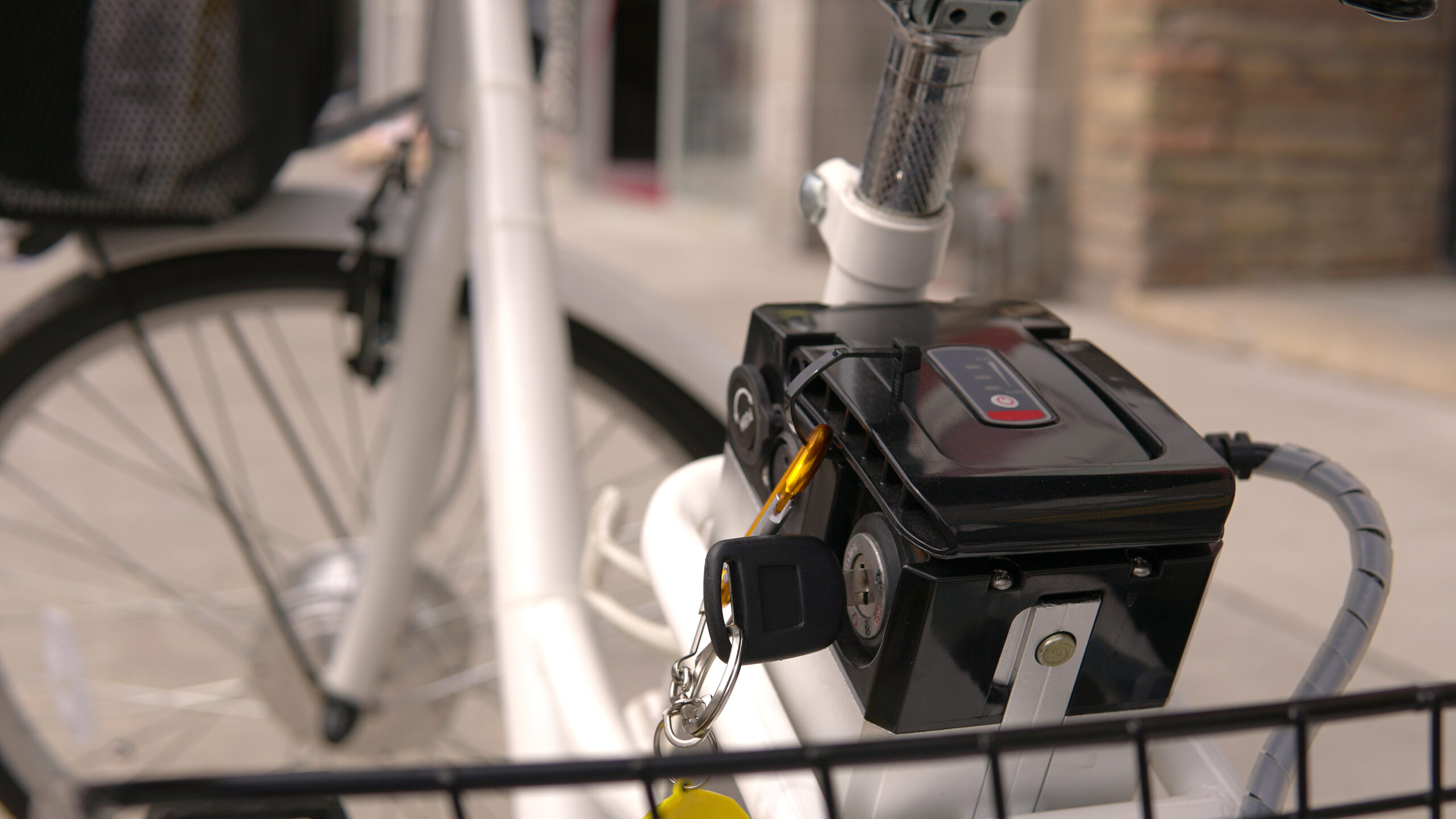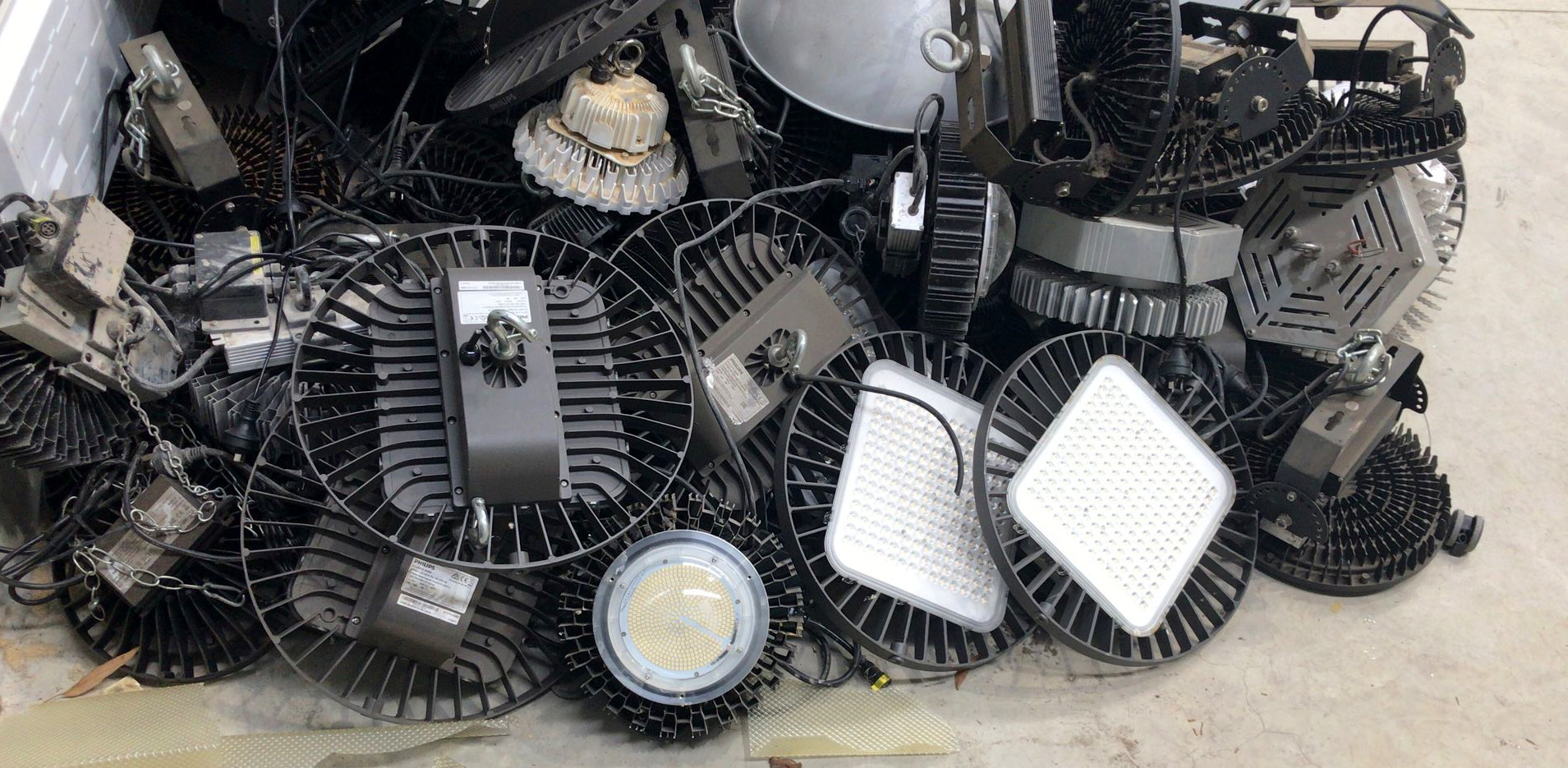Last year a major water utility was outed as Australia’s biggest dumper of mercury.
In the course of one year it discharged 40kg of mercury waste into the sea from its outfall pipes at Manly and Malabar in New South Wales.
Earlier, it had been discovered that sharks caught off the NSW coast contained high levels of mercury, including some species that are often eaten as fish and chips.
While it may not be possible to prove that the major water utility’s discharges are responsible for the high level of mercury in sharks, there is a clear likelihood of a link between the two.
And while there are a number of potential sources of mercury going into wastewater, the water utility believes waste from dental facilities and personal dental fillings are among the culprits.
How significant are dental practices likely to be as a source of this mercury? It’s estimated that an average dental surgery generates half a kilogram of mercury waste each year.






